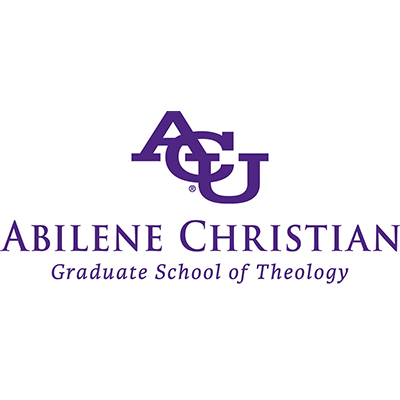I love preaching. I preached my first sermon when I was 13 years old. The congregation allowed me to preach any Sunday night I wanted as long as our preacher read every sermon before I preached it. One deacon drove me to nearby towns so I could preach. Others in the congregation affirmed and encouraged me. And because of my home church, I heard my calling. My home church birthed and fostered my love of preaching.
I admire good preaching. I spend more time thinking about preaching than any other subject. And I am thankful that ACU gives me the opportunity to teach preachers how to preach; to be able to help students grow in their professional and personal identity.
While I teach in a school, preaching cannot remain in a laboratory. Preaching is not a “solo performance” or a “spectator sport.” Preaching is a communal activity. One voice cannot be the only voice that reverberates for the whole community. Preaching involves listening to the many voices that make up the Body of Christ. Listening does not lead to fragmentation or a discordant cacophony, but through communal discernment, pastoral care, and context awareness, preaching becomes a living witness to God’s activities among the congregation. In dialog with Scripture, Church, and Community, a new and living word is possible. Otherwise, preaching is mere talk about the same old things in the same old ways.
And preachers develop different styles and voices. My primary objective is not to force preachers to preach like me but to find their own homiletical voice. Even I do not preach with the same style to a congregation of 2000 as I do to a congregation of 20. A Metroplex preacher will sound differently than someone from the east coast. Someone with a teaching voice may exemplify one way of doing the task while someone else uses a testimonial voice. Preachers come in all different shapes and sizes. And the church needs them all. While I might compare and contrast those styles so that my perspective is clarified, I’m not seeking to dilute or deform anyone’s gift or cast suspicion on another’s faith. My primary gift to teaching preaching is my ability to hear the what and how of the homiletical moment. I might even critique a famous preacher like Craddock or Willimon, but only for the pedagogical objective of letting the student’s own homiletical wings take flight. I might through hyperbole swing the pendulum one way, but only so the student can intentionally choose the arc their own style will swing.
So, how do people learn to preach? The short answer is: “They just do.” However, people do not “just do it.” They have to “figure it out,” to “get the feel” of preaching for themselves. William Willimon compares the teaching of preaching to the teaching of woodcarving and the making of biscuits.
So there’s a sense of which I still don’t know a lot about teaching preaching. I mean, I realize that seeds are planted – were planted in me – which didn’t bear fruit until years later. I realize that it’s more like learning how to carve wood than it is a technique of first you do this, second you do that. You’ve got to get the feel of it. You have to – it’s more like learning to make biscuits than it is how to write an essay on something. (personal correspondence with the author)
Learning “how-to” is more easily and safely negotiated if it is not undertaken alone. Let’s take biscuits for example. Studying a cookbook or watching an infomercial does not miraculously produce master chefs. Total recall of principles and propositions that follow the recipe line-by-line will not necessarily produce melt in your mouth biscuits. Somehow, the “knack” is missing. But when Grandma stands over your shoulder, another experience all together occurs.
Good preaching pays attention to the rubrics governing exegesis, interpretation, and communication. But knowledge of exegesis, hermeneutics, and rhetoric do not themselves produce good preaching. Some unschooled people (like the apostles) seem to “know in their bones” what preaching involves, while some educated people seem never to learn and are a pain to endure.
As students mature in Christ, they become authentic persons who have passion, conviction, and character. This is not done overnight nor through a set of classes arranged in the curriculum. It begins with the parents in the home and in collaboration with the Christian community, the church. Students develop spiritual disciplines that mold them into people of character. And throughout the process, models and mentors play a vital function. In this sense, the church gives birth to preachers. The teacher functions merely as a midwife for what the church has conceived. And the student preacher, will be given back to the church for service and continued growth.
Preacher education does not stop with a diploma. Continuing education, exploration, innovation within a changing culture, continued growth in actual experience in the life of the church, needs to be cultivated. Older ministers will function as mentors, wise elders will shepherd, and gracious congregants will patiently draw forth the best. The life-long journey of becoming a preacher is always an unfinished work that requires continued construction.
I love preaching because I love preachers and I love the church.
–Tim
